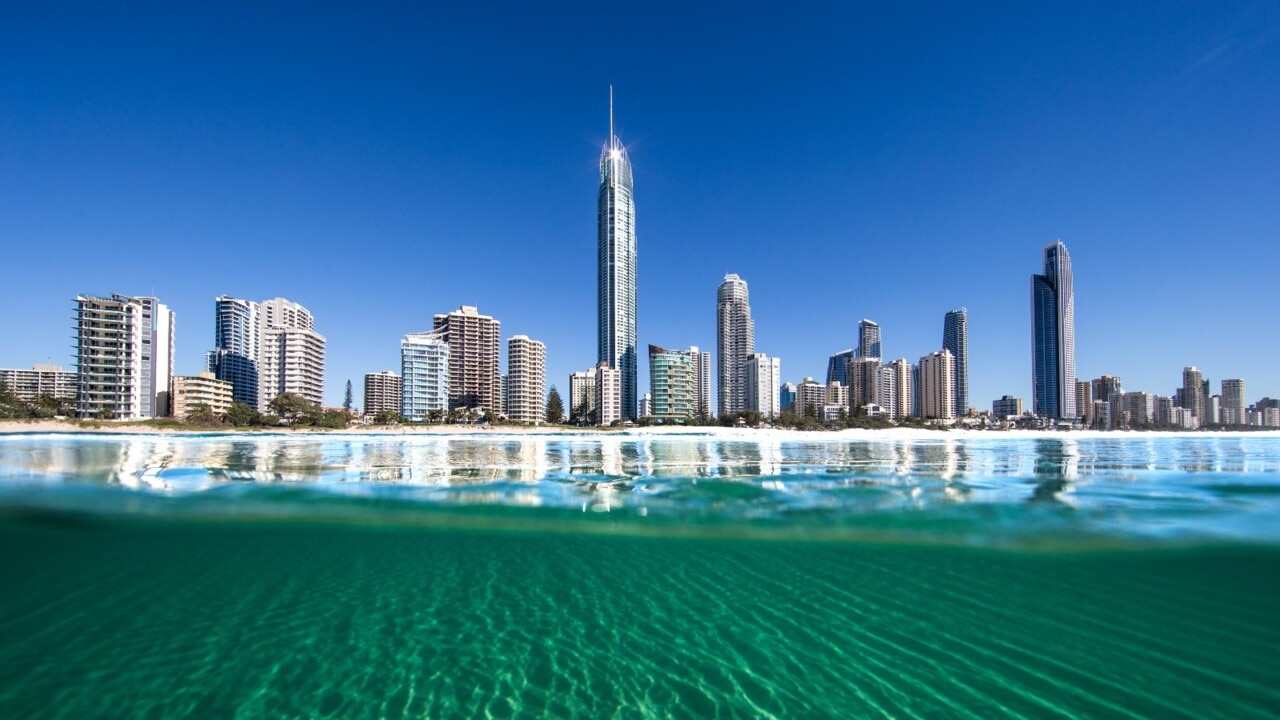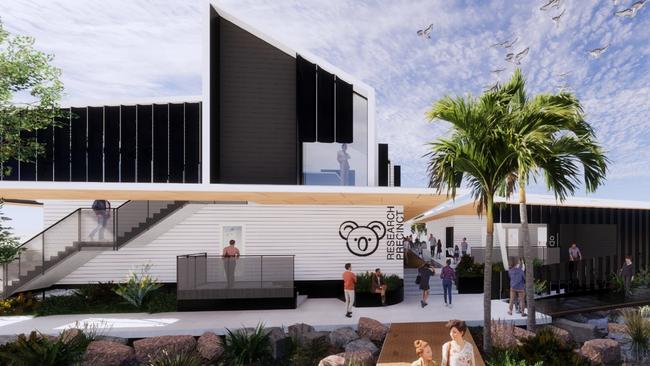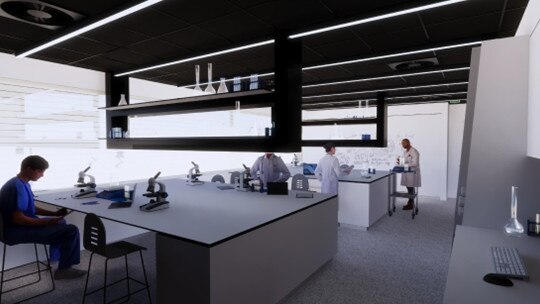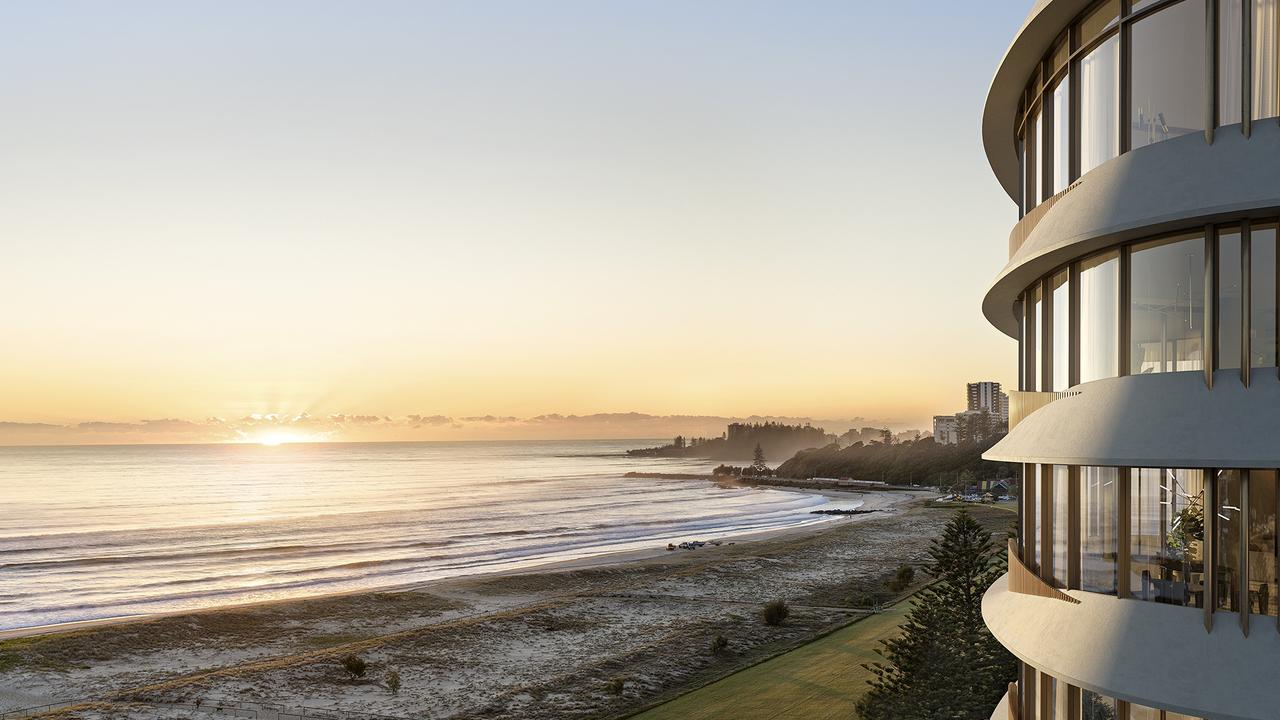Currumbin Wildlife Hospital: First look at new environmentally themed tourism attraction
A multimillion-dollar research and training precinct will be built on the Gold Coast with the aim of boosting environmental tourism. SEE THE PICTURES

Business
Don't miss out on the headlines from Business. Followed categories will be added to My News.
A multimillion-dollar research and training precinct will be built at Currumbin Wildlife Hospital after the project received critical funding from the state government.
The project, which will be completed by June 2026, will receive a share of more than $15m in funding from the government and will be used to train the next generation of vets.
Hospital veterinary sciences head Dr Michael Pyne said the precinct would educate the public as well as new students.

“We are excited that this new research and training facility will build the skills of local and international veterinary and environmental science students and professionals, as well as educate visitors to Currumbin Wildlife Sanctuary who will be able to watch the veterinary team and researchers at work,” he said.
“The precinct will include an immersive interpretative experience for our visitors from around the world.

“Our goal is to work in the space of prevention of extinction of native species. This is of critical importance given the iconic koala that is now endangered in Queensland, NSW and the ACT.”
The development will feature 15 individual research workstations and a flexible training space which will be able to house up to 90 students.

The precinct was one of five projects to be funded through the Growing Future Tourism program.
State Tourism Minister Michael Healy said it would “allow visitors to view and better understand natural habitat and sustainability via research and animal care and wildlife conservation”.
“The Growing Future Tourism program is delivering new tourism opportunities in Queensland,” he said.
“Projects like this, in partnership with private enterprise, will help us reach our ambitious goal of doubling overnight visitor expenditure to more than $44bn per year by 2032.”





